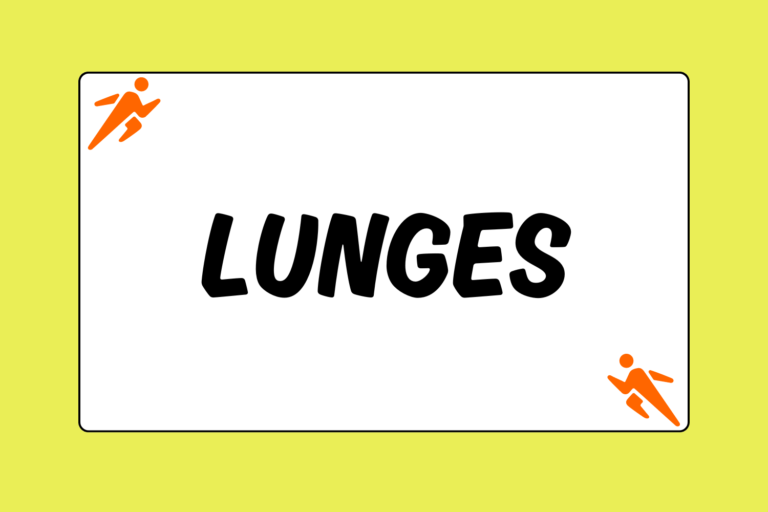There are three distinct divisions in the NCAA. Although most of us know which schools belong to which division, the details about what makes an institution a part of Division I, II, or III are surprisingly obscure—but it’s those details that can help to decide if and where you want to run competitively after high school.
Below is an explanation—first of the more technical terms of NCAA rules, then some of the more nitty gritty details—of each division. A note of caution: Remember that these are broad explanations. There are schools within each group that defy generalizations, and cross country or track teams that have distinct trademarks in their own right, so keep an open mind when doing your own research and college visits.
Division I Regulations
- Schools have to compete against other DI schools at least 80% of the time.This has little impact on NCAA running, since many meets have a variety of division-participation. So while you run against DI exclusively in conference and championship competition, most mid-season races feature a mix of DI, DII and DIII (sometimes even professional athletes).
- Schools offer athletic-based scholarships to a large amount of students each year.Check with the cross country and track coaches at all the universities of interest to see what their program has to offer. Each school divides up scholarships differently between sports, so some teams get more money than others.
- There is a set minimum and maximum amount of scholarship money that schools can give out each year.And money can move around, even during your four-plus years at school. Make sure you understand the scholarship policy before committing to a program.
- Most of the money for scholarships, and athletic funding in general, comes from the enormous profits obtained from the big-time sports (football and basketball).It is a big-time business. Money from football and basketball is used to support the entire athletic department at many DI schools—including track and cross country. These athletes will often have access to world class facilities, top notch sports medicine, team gear/shoe sponsors, and athlete-specific resources (tutors, study halls, dining halls, gyms, and more).
In Summary:
DI = More sports programs, bigger budgets, top quality facilities, and greater chance for substantial athletic scholarships.
Division II Regulations
- Athletic-based scholarships are available, but schools are only allowed to give out a certain amount of money (as defined by the NCAA).Because of this budget-restraint, many DII schools recruit local/instate students to insure a lower total tuition cost. Student athletes often use a combination of scholarship, grants, loans, and on-campus employment to make it work.
- The athletic department is funded by a portion of the school’s entire budget.Therefore, sports are (financially) treated like any other academic department on campus. This impacts the school as a whole—including the academics, dorms, etc.—not just the running program. Make sure the school’s priorities are in-line with your goals as a student athlete.
- Division II schools are usually smaller public or private universities.
In Summary:
DII = Still gives athletic scholarships, but has a smaller budget than DI. The school will be smaller and potentially comprised of more instate students.
Division III Regulations
- Each DIII program has to have a certain amount of competitions per season and a certain number of participants.So, you will probably race more frequently and have more teammates at a DIII school than at a DI or DII program.
- Financial aid cannot be given based on athletic ability.Schools do have need-based and (sometimes) merit based financial aid, but it is illegal scholarships to be given according to your athletic skill.
- The athletic department is staffed and funded like any other department in the university (like DII, but without the burden of scholarships).Since money is stretched so many directions, the resources available for athletes can be limited (in terms of fancy facilities, etc). But again, it is very specific for each school, as some choose to build a new library and some choose to build an indoor track with the allotted funds.
- DIII is the largest division in the NCAA, with over 449 participating institutions.DIII schools range from liberal arts colleges to public universities; some schools have 500 students, some have 10,000. Running programs are, therefore, similarly diverse, so do your research.
- There is a set limit to length of traditional and championship season play.Runners are limited to designated months for seasonal competition, but this rule doesn’t really come into play for collegiate runners as much as athletes who participate in fall/winter/or spring-only sports.
In Summary:
DIII = No athletic scholarships and usually more racing with more teammates; There are a wide range of schools to choose from.
Division I Pros & Cons
Here are some of the more basic pros and cons of Division I schools. Keep in mind that there are, of course, exceptions to this general summary.
Team Dynamics
It is hard to make the team as a walk-on (if the school allows walk-ons) and you usually have to be in the top five-percent or so to travel to any competitions. If you are not the best of the best, your racing is limited to home and local “low-key races.”
But the competitive nature of DI has its advantages. You will be surrounded by people who take the sport seriously and perform at high levels. There is a kind of congruity of ambition that promotes a positive team environment and helps you achieve your own goals.
The team will probably be relative small in size, which means more personal attention from coaches and staff. This can be really helpful during the transition from high school to college.
Resources
The resources available to most DI athletes are incredible. You usually get free shoes and gear, state of the art facilities, great sports medicine, (sometimes) your own dining hall, and tutors. The support helps student-athletes balance class-work and athletic obligations.
Narrow Focus
Division I programs are purposefully all-encompassing: You are usually housed with teammates as a freshman, and you often eat or study in an athlete-specific environment. Much or all of your time is spent training, traveling, or at team functions, which makes it more difficult to find a niche outside of running.
Scholarship Issues
There is also an incredible pressure to perform. If you are on scholarship, you have to think of running as a kind of job. If you happen to have a series of bad seasons (due to injury or poor performance), you can lose your scholarship and/or spot on the team.
This demand can make it hard balance athletics and academics – possible, but hard. And if all goes well, you get a great education with little to no financial burden.
Division II Pros & Cons
Here are some of the more basic pros and cons of Division I schools. Keep in mind that there are, of course, exceptions to this general summary.
Budget Crunch
Division II is shrinking since many schools cannot afford to maintain their NCAA status. Many schools have to either bump up to DI or down to DIII. These same budget issues mean that DII facilities are hit or miss: some schools have amazing resources, some are a bit more bare-bones.
The budget crunch can also lead to insufficient funding in the academic sphere, but again, it depends on the school.
Division Loyalty and Community Support
There is a great camaraderie among DII athletes, inspired by long-standing regional rivalries and competitions. The remaining DII schools are clustered in certain areas of the country, so teams have a chance to compete against their toughest rivals frequently throughout the season—and good competition leads to better performances.
The regional focus of DII (plus the fact that many schools don’t have football or basketball programs) also encourages a tradition of school and community support for smaller sports like track and cross-country.
Scholarship Issues
It can be difficult for student athletes to make ends meet, since many programs don’t give full scholarships. But most colleges have successfully adapted to their budget by encouraging instate applicants and creating combination financial packages (work study, scholarships, loans, etc).
Division III Pros & Cons
Here are some of the more basic pros and cons of Division I schools. Keep in mind that there are, of course, exceptions to this general summary.
Team Dynamics
A larger team can mean long practices and complicated logistics for travel. And the overall caliber of athlete, because of the lack of scholarship money, is usually below that of Division I. The variety of talent and performances at the DIII level can be helpful, however, and keeps competition in perspective while still encouraging hard work and success.
Scholarship Issues
No scholarship + expensive private schools = BIG student loans. Student-athletes are also not offered a great deal of resources. Shoes and gear have to be paid for by the athlete, and facilities can be hit or miss.
Broad College Experiences
In Division III, student athletes tend to become a part of the greater school community with a broad group of friends and experiences.
There is also an emphasis on being a student first and an athlete second. This can be exhausting for in-season athletes, but does lend perspective and purpose to the entire college experience. Ironically, having something else to focus on can also lead to better performances on the track.
The Decision
All NCAA divisions have something to offer a prospective NCAA runner– it is simply a matter of preference and priority. Here are some questions to ask yourself when making a college decision:
- Do I need to have a scholarship to afford college?
- Am I ready for running to be my No. 1 priority for four-plus years?
- Do I like to be surrounded by athletes like me or a wide variety of people?
In the end, just go with your gut. That tends to lead you in the right direction.





